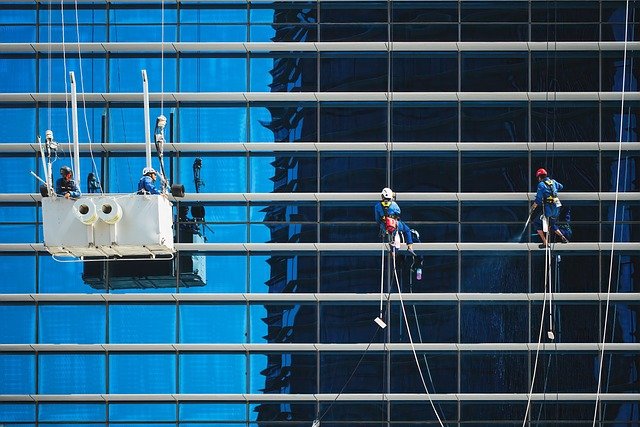Maintenance practices to extend the lifespan of automotive and architectural films
Proper maintenance extends the functional life of automotive and architectural films by preserving solar control, privacy, UV protection, and overall appearance. This article outlines practical cleaning, inspection, and care routines that support longevity, energy performance, and safety for both vehicle glazing and building façades.

Automotive and architectural films perform multiple roles—reducing solar heat gain, managing glare, preserving privacy, blocking UV, and enhancing security. Regular, informed maintenance preserves these benefits and helps materials like ceramic or reflective films retain their performance over years. A consistent routine that includes correct cleaning methods, timely inspections after installation, and attention to local regulations and recyclability considerations will prolong useful life while maintaining insulation and cooling efficiency.
Cleaning routines for solar, UV, and glare protection
Routine cleaning removes residues that accelerate wear and reduce performance. For both automotive and architectural glazing, use a mild, pH-neutral cleaner and a soft, lint-free cloth or microfiber pad. Avoid ammonia-based or abrasive cleaners, which can attack adhesives and degrade UV-blocking layers. Clean windows in shaded conditions to prevent streaking and thermal stress. For glare-prone locations, clear dirt from both interior and exterior surfaces so reflective layers and ceramic coatings continue to control visible and infrared radiation effectively.
Inspections for installation, damage, and safety
Periodic inspections catch issues early: check edges for lifting, bubbles, creases, or separation from substrate; look for discoloration or hazing that signals breakdown. After installation, allow a curing period recommended by the installer before heavy use; then inspect monthly for the first three months and quarterly thereafter. For automotive films, also confirm that defroster lines and sensors are unobstructed to preserve safety features. Documenting condition with photos helps when claiming warranties or discussing repairs with local services.
Care for ceramic and reflective film types
Different film technologies need tailored care. Ceramic films resist fading and thermal degradation but can be sensitive to strong alkaline cleaners; stick to manufacturer-recommended solutions. Reflective films may show fingerprints or smudges more readily—use a gentle cleaner and soft cloth to preserve visual uniformity. Avoid sharp objects and folding; always keep replacement cleaning tools dedicated to film care so contaminants aren’t transferred. When replacing windshield stickers or mounts, take care to avoid contact with coated areas that can be easily scratched.
Managing glazing, insulation, and energy performance
Well-maintained films contribute to insulation and cooling efficiency. Keep glass seals intact and watch for condensation between layers that indicates seal failure or poor edge adhesion. For architectural films on high-rise glazing, coordinate cleaning and inspection with building maintenance schedules to avoid missed upkeep. Proper maintenance preserves infrared and solar control properties, reducing HVAC load and stabilizing interior comfort. Track seasonal performance—if interior temperatures or cooling costs change noticeably, film condition or installation quality may be factors.
Security, privacy, and infrared performance checks
Films designed for security and privacy should be checked for delamination and edge wear that reduce resistance to forced entry or peeling. Test privacy films visually at various viewing angles to confirm continued opacity. Infrared-blocking and low-emissivity layers are key for thermal control; if you notice increased heat transmission or fading of interior finishes, test film performance with a qualified technician who can measure infrared reflectance and recommend repairs or upgrades without making speculative claims.
Regulations, recyclability, and installation considerations
Stay informed about local regulations affecting tint darkness, reflectivity, and installation on vehicles or buildings—compliance helps avoid forced removal that shortens practical lifespan. When films reach end of life, inquire about recyclability programs and proper disposal methods through local services to reduce environmental impact. For installation and complex repairs, work with trained professionals who follow manufacturer guidance; improper removal or reinstallation can damage glazing and compromise safety systems. Maintain records of installation dates, product types (ceramic vs. reflective), and warranty details.
Conclusion Routine maintenance—cleaning with appropriate solutions, regular inspections, tailored care by film type, and attention to glazing interfaces—sustains the solar, privacy, UV, glare, and insulation benefits of automotive and architectural films. Coordinating upkeep with installation best practices, complying with regulations, and planning for responsible end-of-life handling all contribute to longer useful life and stable energy and cooling performance without compromising safety or recyclability.





